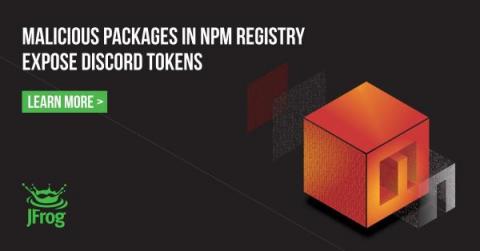Security | Threat Detection | Cyberattacks | DevSecOps | Compliance
Latest News
Redscan analysis of NIST NVD reveals record number of vulnerabilities in 2021
Defending Against Social Engineering Attacks with Modern Insider Threat Management
Social engineering is an insidious way of getting "insider access" into an organization's network and data. Threat actors use it to gain sweeping access to carry out sophisticated attacks while evading detection. This "insider" leeway of social engineering makes it an alarming threat that cybercriminals are routinely exploiting now more than ever.
Safety Detectives interview with Tim Mackey
Listen To Those Pipes: Part 2
This blog post is part thirty of the "Hunting with Splunk: The Basics" series. Shannon Davis provided the first half of this blog on pipe hunting in part twenty-nine, and will now run through the second half! – Ryan Kovar
Q3 2021 Threat Landscape Ransomware in the Supply Chain
In a pattern of continued growth across the third quarter of 2021, ransomware remains the dominant threat type, more than doubling since 2021 Q1, fuelled by an exponential increase in the initial access broker marketplace. Incidents of unauthorized access and the risk of insider threats also increased, but to a far lesser extent, accounting for roughly 20% of incidents in the same period.
Malicious npm Packages Are After Your Discord Tokens - 17 New Packages Disclosed
The JFrog Security research team continuously monitors popular open source software (OSS) repositories with our automated tooling, and reports any vulnerabilities or malicious packages discovered to repository maintainers and the wider community. Most recently we disclosed 11 malicious packages in the PyPI repository, a discovery that shows attacks are getting more sophisticated in their approach.
What is Customer Journey Hijacking?
Imagine it’s December—the biggest sales time of the year. Your e-commerce site is up and running, complete with a robust and diverse inventory for buyers. A few days into the shopping season, you notice an unusually high number of cart abandonments and quite a few customers leaving after viewing a couple of different web pages. You check the web pages. They look fine—in fact, better than fine. (You spent a little extra this year improving the graphic design.) Everyone is stumped.











